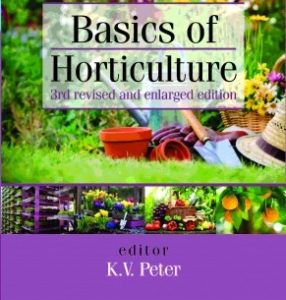
K V Peter

43 books

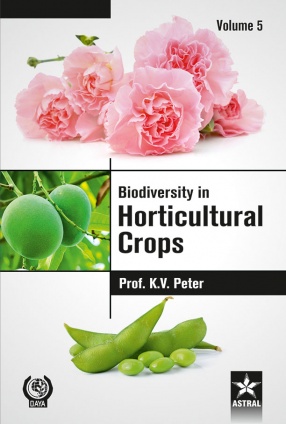

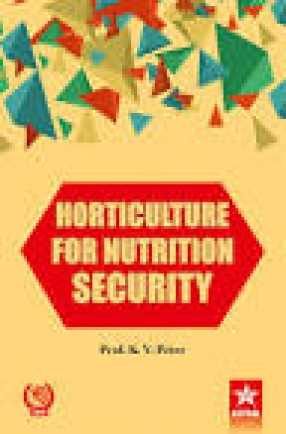
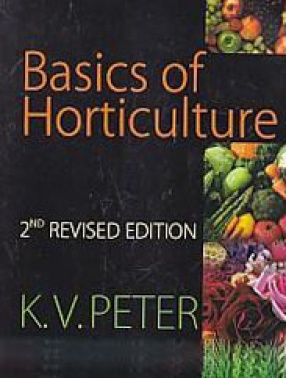
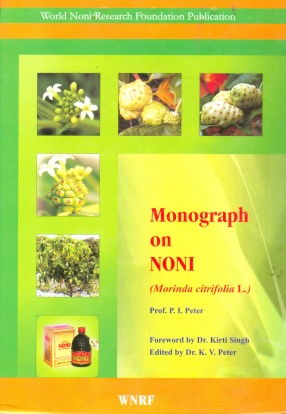


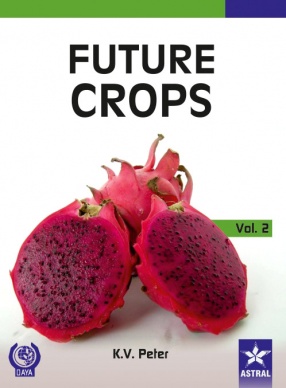
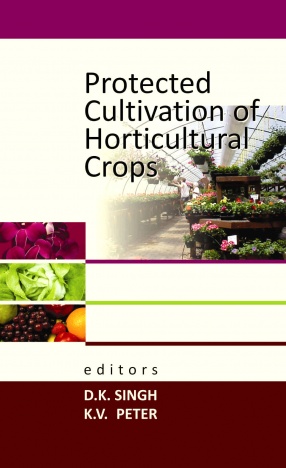
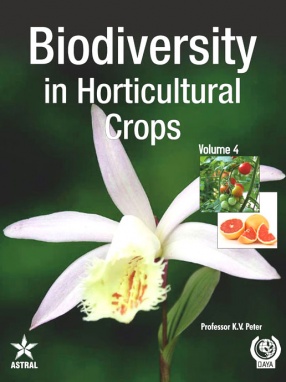
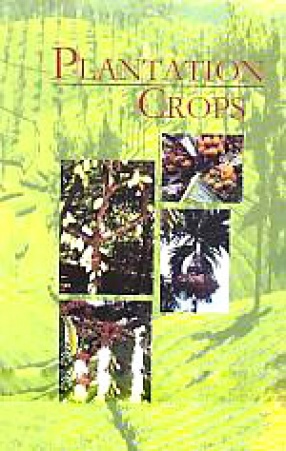
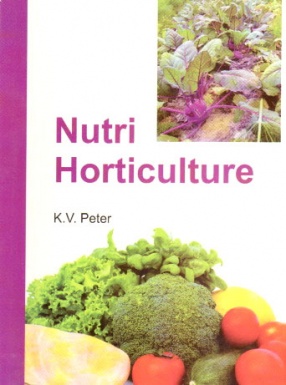
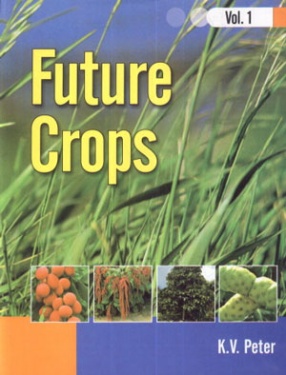
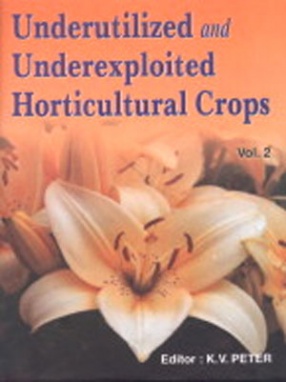

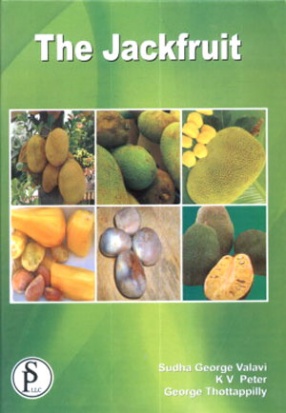
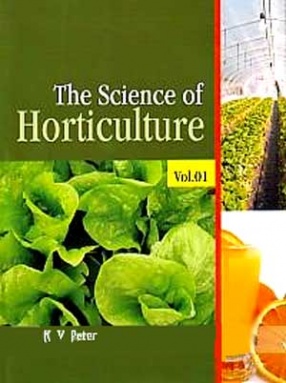

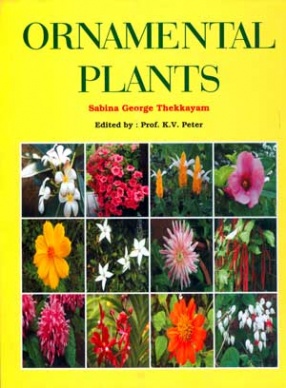

The present revised edition has 16 chapters including 10 appendices. 42 scientists from seven Institutes, States Agricultural Universities and 2 organizations have contributed to the 3rd revised edition.
A village market has now all kinds of vegetables, fruits, tubers and ornamentals which vouch for progress in the science and art of horticulture. Many educated youth are taking up Horticulture as a profession. Basic sciences like physiology, biochemistry, ...
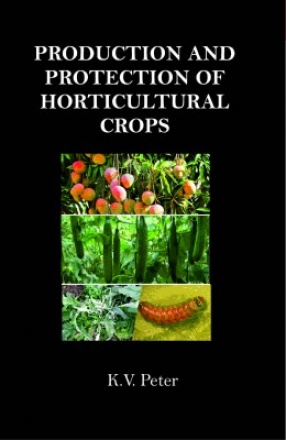
The present book has 17 chapters authored by 30 working scientist's covers basic and applied sciences of vegetables, fruits, flowers, spices and value added products. One of the rare books carrying detailed information not only production but also cover methods and management techniques on how to protect and ensure proper and nutritional growth of the horticultural crops.

The present volume V of series BIODIVERSITY OF HORTICULTURAL CROPS is continuation of earlier volumes, it carries 20 chapters contributed by 42 eminent scientists which covers soil biodiversity, selected crop biodiversity for livelihood security, balancing conservation with development, biodiversity conservation and management in India. Cold desert horticultural crops like cactus (dragon fruit) and their conservation have received special attention. DNA Bar ...

The book is a compilation of 19 chapters authored by eminent scientists in the area. There is needed to break yield barriers by GM Technology, keeping bio-safety intact and as per standards. Use of biotechnology to enhance productivity is elaborated in two chapters. Water being a limiting factor is being studied wholistically. Soil fertility and its management are critical to crop productivity. Soil as a living entity needs to be viewed as the basics of ...
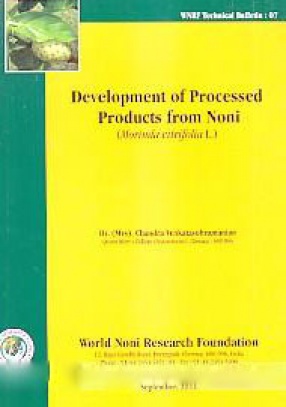

Malnutrition-under nutrition and imbalanced nutrition-is a major health problem in developing and developed countries. The recent National Health Survey-2005-06 says “India loses 2-3 per cent of its GDP every year due to undernutrition among children in the age group of up to two years”. According to the report “Nutrition in India” even among wealthy only about 7 percent children between 6 and 24 months receive adequate feeding, health ...


Noni (Morinda citrifolia L.) belongs to the coffee family Rubiaceae, is native to India and now distributed to tropical countries of Asia, South America and the Caribbean and Polynesian Islands. Millions of people the world over are experiencing remarkable health benefits using products made from its fruit, popularly known as Noni. Noni was used by traditional healers for centuries in India against a broad range of health concerns. The healing properties of Noni ...


Concise Oxford Dictionary defines Resilience as recoiling; springing back; resuming its original shape after bending, stretching, compression etc. With five components of crop production space, water, energy, light, nutrients- limiting, there are stresses on crops to perform at threshold input yielding optimum output. Droughts and floods, cold and heat waves, forest fires, landslides and mud slips, ice storms, dust storms, hailstorms, thunder clouds associated ...

Future Crops Vol. 2 expositions plants presently underexploited but with considerable economic value as vegetable, fruit, spices, ornamentals, medicinal plants and industrial crops. Future horticulture is challenging as space, water and energy are limiting factors. New life styles, migration both inter and intra country and innovations in processing into value added products would demand hitherto unknown plants to become crops of commerce and trade. The volume 2 ...

The book carries 17 chapters dealing with space saving, maximizing the efficiency of fertigation, mulching, integrated pest, disease and nutrient management (IPDNM) and engineering aspects of structures.Net houses, poly houses, rain shelters, poly tunnels, uses of plastics in horticulture and cold chains for storage and marketing are elaborated. Hydroponics and aeroponics are discussed.
Content: 1. Protected Cultivation of Horticulture Crops- Present Scenario and ...

Biodiversity of Horticultural Crops-their conservation, documentation, characterization, morphological and molecular description, bioprospecting and studies on uses and product development- are assuming considerable significance. Biodiversity is even described as wealth of nation and even linked to wellness and happiness of man and fitness of planet earth as his abode. Climate change, natural disasters like flood, drought, earthquakes and hurricanes and above all ...
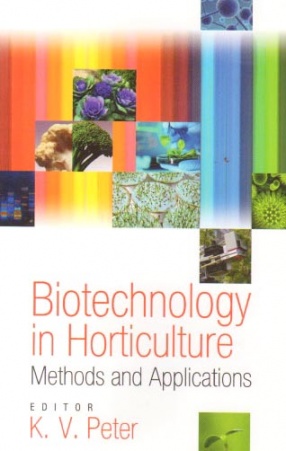
Contents: 1. Transgenic ornamentals with reduced ethylene production and perception/Shigeru Satoh, Yusuke Kosugi and Takako Narumi. 2. DNA barcoding and its applications in horticultural crops/Deepu Mathew. 3. Genome mapping and gene tagging for marker assisted selection/R. Sujatha and K.V. Peter. 4. Climate change research amenities with special emphasis on CO2 fertilization effect/Debashis Chakraborty and Sourav Saha. 5. Advances in molecular breeding of ...


NutriHorticulture' contributed by 31 scientists and teachers from India, Australia, Thailand and Indonesia embodies a mix of 17 chapters, first on improving nutrition security and then followed up by chapters on inputs especially crops, water, biotic stresses now assuming catastrophy like nematodes. The great Tamil Saint Thiruvalluvar in his classic Thirukkural mentions and to quote "Rain produces food for all beings in the world and rain itself serves as ...

Science and Technology led Horticulture would lead India to meet the three of the ten Millennium Development Goals (MDG) set to achieve by 2015, writes Dr. R.S. Paroda, Chairman, Trust for Advancement of Agricultural Sciences (TAAS) New Delhi in the foreword to the book Future Crops. The interstate and inter country migration throws newer opportunities for type and nature of food. Rice consumption is going down in developed countries and getting reduced in ...



The world today depends mainly on three crops, viz. rice, wheat and maize to meet more than 50% of dietary energy. Many crops such as jackfruit have the potential to grow well in poor, marginal soils with low inputs and can withstand severe climate or soil stresses. These crops have not received the deserved attention in research and development, production and distribution policies, research of processing and utilization and remain as orphan, underutilized, ...
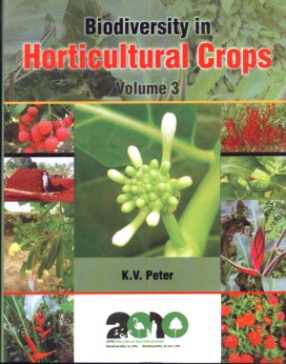
The UN is celebrating 2010 as International Year of Biodiversity and the theme is “Biodiversity is life, Biodiversity is our life”. The 3rd Vol. of Biodiversity in Horticultural Crops published in 2010 highlights biodiversity of potential and future crops for livelihood and nutritional security. Fourteen crops including three vegetables, six fruit crops, three ornamentals, one spice and one medicinal plant Bombara Groundnut uncommon to Asian readers ...

The Science of Horticulture' exposes all the stake holders-students, scientists, extension officers, farmers, policy planners to recent scientific research findings in horticulture. Marketing of horticulture produces has assumed prime importance in a global market with establishment of World Trade Organisation (WTO). Many trade related agreements were signed among over 110 countries. The Agreement on Trade Related Aspects of Intellectual Property Rights ...

Looking for ‘future food crops’ is a matter of urgency and priority for nutritional security and to comply with The UN Millennium Development Goad (MDG). Climate change leading to global warming, sea water rise and glacial melting are bringing down productivity of conventional crops and price of essential commodities escalating. The present 5th volume of “Underutilized and Underexploited Horticultural Crops” deals with uncommon ...

This is a sincere efforts to record the major ornamental plants raised in gardens and landscapes of today. The main classes of plants are described in the introductory chapter. The subsequent chapters list the plants in the order of their habitat. The information includes scientific name, common name and the family to which the belong, a brief description and ornamental features.A comprehensive account of trees, shrubs, herbs, climbers, creepers and taxonomic ...
